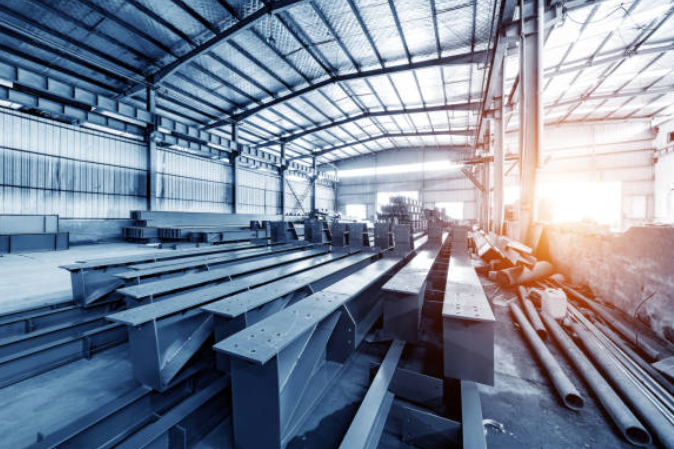
Posted on Tuesday, October 1, 2024
When it comes to construction, steel has become a preferred material for many builders, contractors, and architects. From commercial and industrial projects to residential structures, the use of steel offers numerous advantages.
One of the key benefits of steel is its incredible strength. Steel structures are built to last, withstanding harsh weather conditions such as strong winds, heavy snow, and even earthquakes. Unlike wood or other materials, steel is resistant to rotting, warping, or cracking, making it a perfect choice for long-term construction projects. This durability ensures that buildings can stand for decades with minimal structural issues, providing safety and longevity.
Steel requires very little maintenance compared to other materials. It is resistant to pests such as termites and mold, and it doesn’t need regular painting or sealing like wood. Steel buildings are also less prone to damage caused by fire, further reducing the need for repairs. This low-maintenance aspect translates to long-term cost savings, as owners don’t have to spend as much on upkeep over the building’s lifespan.
Despite the upfront investment, steel is a cost-effective material for construction in the long run. Its durability and low maintenance reduce repair and replacement costs over time. Additionally, steel’s strength allows for more flexible design options, reducing the need for load-bearing walls and columns. This can result in fewer materials needed, as well as faster construction times, lowering labor costs. Steel buildings are also energy-efficient when combined with proper insulation, leading to further savings on heating and cooling expenses.
In today’s environmentally conscious world, sustainability is a growing concern for builders. Steel is one of the most recyclable materials in the construction industry. Most steel used in buildings contains a significant percentage of recycled content, and once a building reaches the end of its life, the steel can be recycled for use in other projects. This makes steel an eco-friendly option for those looking to minimize their carbon footprint.
Steel offers architects and designers unmatched versatility. Whether it’s a high-rise office building, a large industrial warehouse, or a custom-designed home, steel can accommodate a wide range of building types. Its high strength-to-weight ratio allows for innovative designs, large open spaces, and the ability to construct taller buildings without adding excessive weight. Additionally, steel can be easily integrated with other materials such as glass, stone, and wood, offering endless possibilities for aesthetics and functionality.
Steel provides an ideal solution for construction projects of all sizes due to its durability, low maintenance, cost-effectiveness, sustainability, and versatility. Whether you’re planning a commercial, industrial, or residential building, choosing steel can give you peace of mind knowing your structure will be strong, reliable, and efficient for years to come.

Understanding Coil IDs, Mandrel Sizing, and Shear Pin Safety in Uncoilers
Posted on Wednesday, October 1, 2025
Mismatched sizes can lead to machine damage, downtime, and safety hazards — often evidenced by a shear pin failure.

How Coil Tensile Strength Affects Roll Forming and How to Adjust Your Machine
Posted on Wednesday, October 1, 2025
Changes in tensile strength can significantly affect the finished profile, causing misaligned bends, uneven edges, and out-of-spec parts.

Why Paint Cracks on an Embossing Line Running Pre-Painted Coil and How to Prevent It
Posted on Wednesday, October 1, 2025
This issue not only affects the visual quality of the product but can also lead to increased scrap rates and customer complaints.

The Most Popular Standing Seam Metal Roof Panels in the U.S. — A Comprehensive Guide
Posted on Monday, September 29, 2025
In this post, we’ll explore what panel styles and sizes are most popular in the U.S